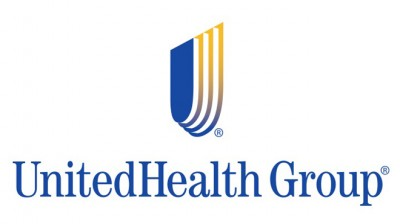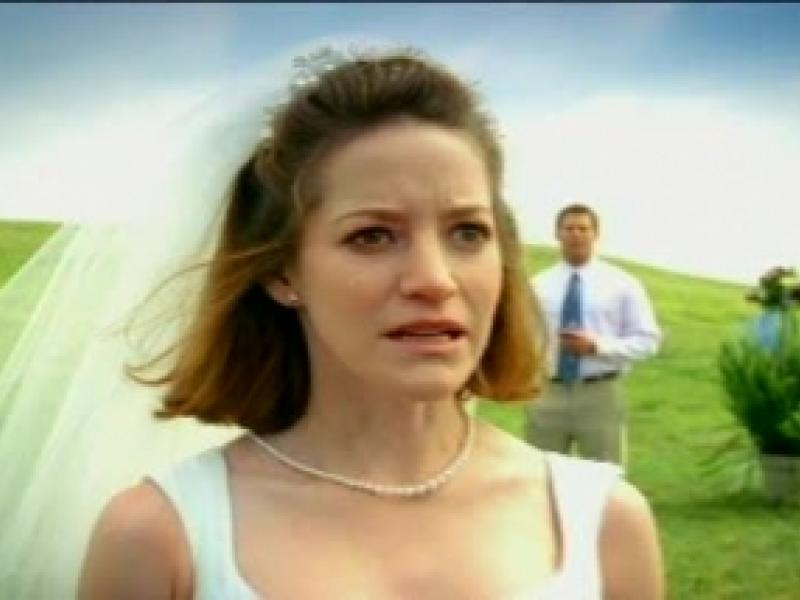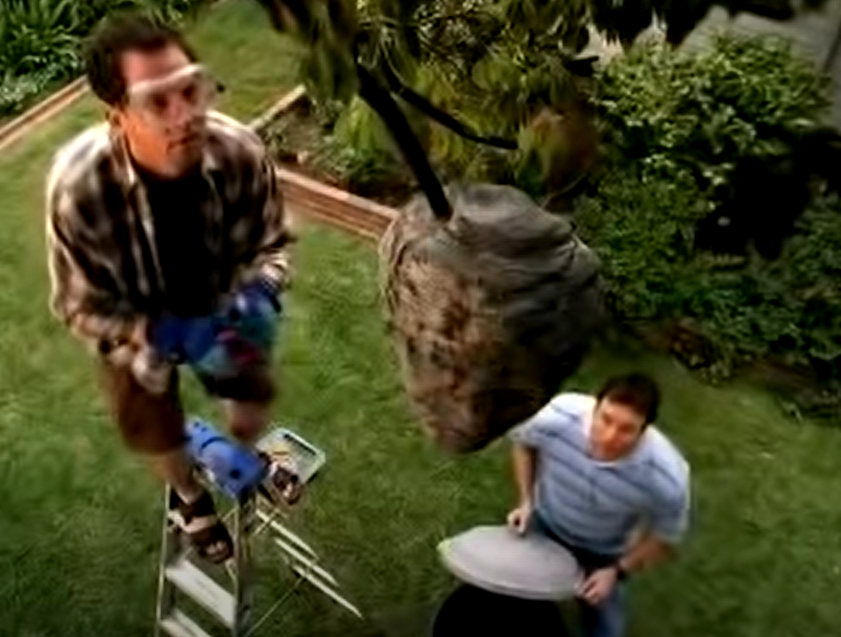Common sense not so common? We know how that feels! Check out what led to this company’s fun and humorous campaigns! [Monday Marketing Marvels]

“Use your common sense!”
“Common sense is neither common nor sense.”
“Common sense is not so common at all.”
These are the lines we often hear from people talking about common sense.
They have a point, don’t they?
After all, what may be “common sense” for you might not be the same with someone else.
Do you think we’re the only ones talking about this topic?
One company also does!
Let’s see what it says about common sense…
UnitedHealth Group, Inc. is an American health care company that offers various healthcare products and insurance services to consumers worldwide.

The company has two distinct but strategically aligned platforms, namely: UnitedHealthcare and Optum.
Just to give you a brief background about these platforms…
UnitedHealthcare provides health care benefits such as patient care, affordability of medical care, and pharmacy benefits to an array of customers.
Its four divisions are:
-
UnitedHealthcare Employer & Individual
-
UnitedHealthcare Medicare & Retirement
-
UnitedHealthcare Community & State
-
UnitedHealthcare Global
On the other hand, the Optum platform offers collaborative care, population health management, healthcare technology, Pharmacy Benefit Management (PBM), health analytics, consulting, and administrative services to customers.
It is known as the technological arm of UnitedHealth Group.
Similar to UnitedHealthcare, Optum serves customers through different divisions, which are:
-
OptumHealth
-
OptumInsight
-
OptumRx
Now, let’s go back to our topic about common sense.
Wait. Why are we even talking about it?
It’s because of UnitedHealth Group’s “It Just Makes Sense” Campaign!
The company wanted to raise brand awareness and identity, as well as reverse consumers’ opinions that HMOs (Health Maintenance Organizations) were more concerned about their profit than patient care.
That’s why in 2003, a pilot campaign with the theme and tagline “It Just Makes Sense” was released.
Created by American advertising agency GSD&M for UnitedHealth Group, the campaign included humorous TV, radio, and newspaper ads, featuring people who were caught in different situations.
The catch?
Those situations guaranteed that the characters would need an HMO in the end!
To give you a better picture, here are some of the ads created for the campaign:
Who doesn’t want to conduct their wedding ceremony at the most beautiful place on Earth?
That place is relative, depending on one’s preferences, of course.
The ad showed a wedding reception taking place in a beautiful meadow.
The problem was that the meadow was on top of a hill―and the bride seemed to forget about that when she threw her bouquet too far.

As bridesmaids ran backwards in an attempt to catch the bouquet, some of them went tumbling down the cliff, rolling through rocks and cacti, all the way down a lake below.
Phew!
Way to go to catch that bouquet!
Get ready to channel your inner National Geographic Wild documentarist!
Set in Africa, the ad showed a film crew shooting a documentary film about lions.
In order to capture the attention of the lions, one man dressed up in a lion costume.

As the man, followed by some crew members behind, approached the group of wild beasts, the director who was watching from afar said:
“Just as I suspected, the lions are getting alarmed. Whatever happens, hold your ground. Now, initiate the agitation phase.”
Following the director’s instructions, the man started roaring and waving his arms.
What happened after that?
It’s up to you to think of the ending!
The phrase, “Sting like a bee” may sound cool but it’s not really cool when you’re stung in reality!
The ad was about two men who were planning to cut down a huge hornet’s nest hanging on a tree.

While standing on a ladder, the man told his friend, who was waiting below the tree:
“When it drops make sure you get that lid on fast.”
Can you guess what happened next?
As the man reached out to cut the nest, suddenly the ladder fell over, sending both the man and the nest to the ground.
The worst thing that happened to the men?
The fall caused angry, stinging wasps to surround both of them!
Surely, they ended up with a swollen face and body.
A voice-over at the end of each ad said:
“People don’t always use common sense. Fortunately, there’s a health care
company that does.”
These are the results of the campaign:
-
UnitedHealth Group’s brand awareness rate rose to 79% after the duration of the campaign
-
The ads were featured in consumer magazines such as People, Better Homes and Gardens, TV Guide, and on websites like ABCNews.com and Parents.com
-
AdWeek included “Hornet’s Nest” on its June 2003 Best Spots list
-
The “It Just Makes Sense” Campaign won a Silver EFFIE Award from the New York American Marketing Association in 2005
UnitedHealth Group didn’t stop taking advantage of digital marketing after the “It Just Makes Sense” Campaign in 2003.
In 2016, it once again created a new campaign called, “Built for Better Health”!

The campaign included three videos titled, “Built for Better Health,” “Built for Moms & Kids,” and “Built for Those Who Serve.”
Each video is approximately 30 seconds long and gives viewers insights on how the company is innovating to serve its customers better.
By embedding a customized link to a landing page on its website, UnitedHealth Group raised awareness about its promise to customers and increased traffic to its website.
In the past five years, UnitedHealth Group, Inc. has recorded a revenue of:
-
USD 157.1 billion in 2015
-
USD 184.8 billion in 2016
-
USD 201.2 billion in 2017
-
USD 226.2 billion in 2018
-
USD 242.2 billion in 2019
Clearly, UnitedHealth Group’s efforts in marketing and increasing brand awareness are producing a positive outcome in its business operations throughout the years.
UnitedHealth Group, Inc.’s Earning Power: Valens Research vs. As-reported numbers
UnitedHealth Group, Inc. (UNH) makes for a great case study that we come back to regularly. One great reason?
The company has proven itself to be a better earning power generator than investors might think.
So, how well has UNH been growing its business in the past years?
The research doesn’t lie—nor do the results. Earning power (the blue bars) continues to show results higher on average than what traditional databases show.

The blue bars in the chart above represent UNH’s earning power (Uniform Return On Assets). UNH has seen generally improving profitability. Its Uniform ROA ranged between 22% to 42% in the past sixteen years, or an average of about 32%. Its Uniform ROA is at 36% in 2019.
The global ROA is just 6%.
The orange bars are the company’s as-reported financial information. If you relied on these numbers, you will see a company with understated profitability. As-reported ROA (return on assets, a measure of earning power) ranges from 7% to 11% in the past sixteen years. Its ROA in 2019 was only at 8%, far lower than its Uniform ROA in 2019.
That’s what you’ll see in Yahoo Finance, Google Finance, and most other databases.
The company’s stock price also performed better than the rest of the stock market over the decade, which we can see in the blue line in the chart below. Its returns have been well above the market.

The numbers show that UnitedHealth Group has been doing well and making a profit.
So… how can we sum up what the company and its staff are like?
Diverse. Dedicated. Inspired.
These are the words UnitedHealth Group uses to describe its individuals and teams who are working to change the face of health care.
Together with the company’s two complementary businesses, UnitedHealthcare and Optum, these people are driven to “transform health care, one person, one health system at a time.”
About The Dynamic Marketing Communiqué’s
“Monday Marketing Marvels”
Too often, industry experts and the marketing press sing the praises of some company’s marketing strategy.
…Only for the audience to later find out that their product was a flop, or worse, that the company went bankrupt.
The true ROI in marketing can’t be separated from the business as a whole.
What good is a marketing case study if one can’t prove that the company’s efforts actually paid off?
At the end of the day, either the entire business is successful or it isn’t. And the role of marketing is always paramount to that success.
Every Monday, we publish a case study that highlights the world’s greatest marketing strategies.
However, the difference between our case studies and the numerous ones out there, is that we will always make certain that the firm really did generate and demonstrate earning power worthy of study in the first place (compliments of Valens Research’s finance group).
By looking at the true earnings of a company, we can now rely on those successful businesses to get tips and insights on what they did right.
We’ll also study the greatest marketing fails and analyze what they did wrong, or what they needed to improve on. We all make our mistakes, but better we learn from others’ mistakes—and earlier, rather than later.
Hope you found this week’s marketing marvel interesting and helpful.
Stay tuned for next week’s Monday Marketing Marvels!
Cheers,
Kyle Yu
Head of Marketing
Valens Dynamic Marketing Capabilities
Powered by Valens Research
www.valens-research.com




